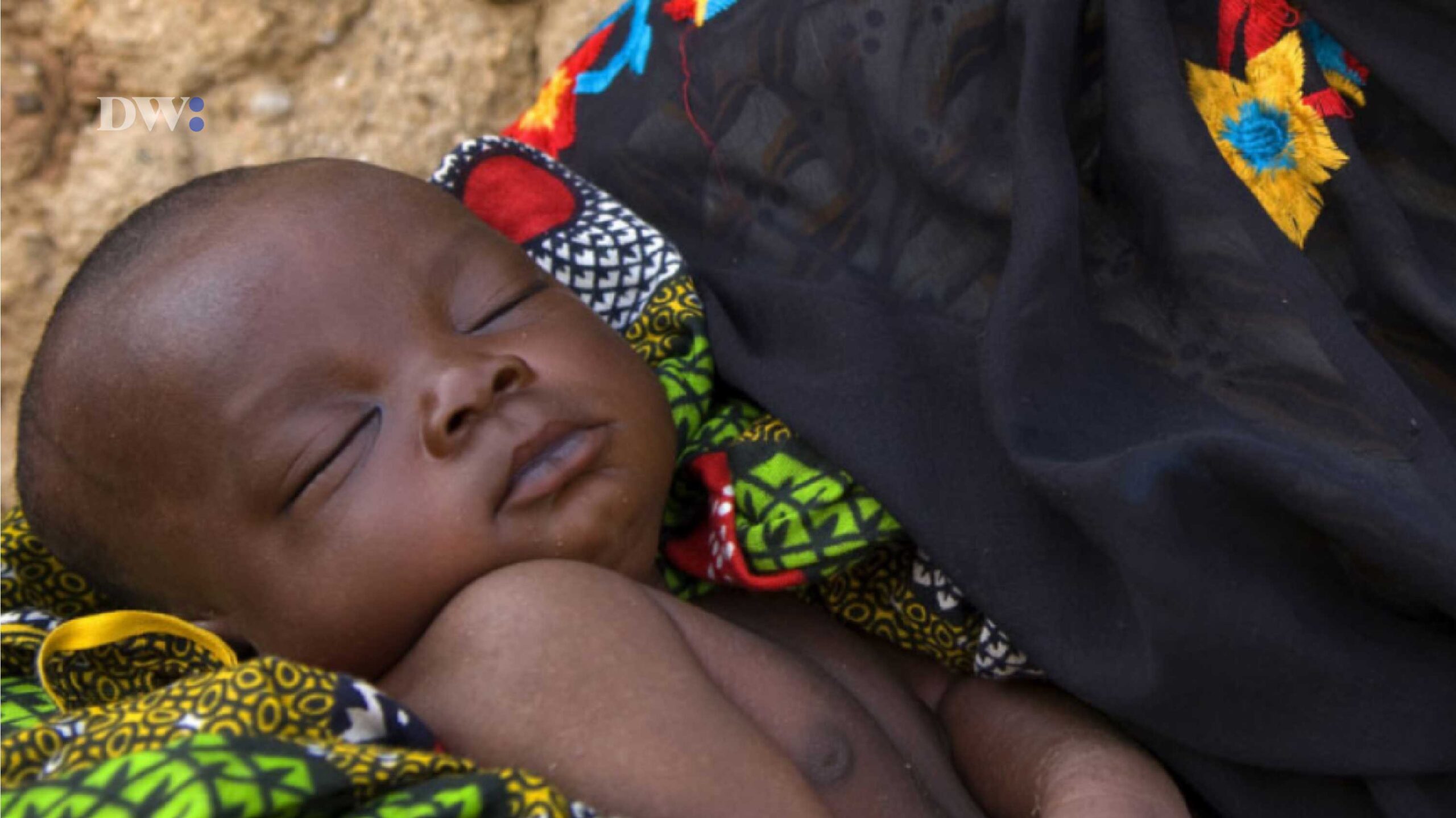According to recently released estimates from the Institute for Health Metrics and Evaluation (IHME), the worldwide fertility rate will progressively drop from now through 2100, following a trend that began in 1950 and is mostly driven by female educational attainment and access to contraception. Significant changes in the global birth distribution will coincide with that reduction, with the majority of babies being born in some of the world’s developing regions.
The average reproductive woman in the world today is predicted to give birth to roughly 2.3 children over her lifetime. Before the industrial revolution, the typical woman might anticipate having five to 10 children throughout her lifetime; but, when the demographic shift began, fertility rates started to decline sharply. This is influenced by several factors, such as decreased childhood mortality, which relieves mothers of the desire to make up for lost children, increased women’s autonomy, and improved access to and effectiveness of contraception.
The total number of children that each woman would carry assuming she lived to the end of her reproductive years and gave birth by the current age-specific fertility rates is the total fertility rate (TFR) for that particular year. The age-specific reproductive rates established over five years are added together to calculate it. Delays in starting a family and having children, as well as a reduction in the ideal number of children per family, are the causes of the sharp drop in birth rates over the previous few decades. Children per woman are used to measure this variable.
Based on findings from the Nigerian Multiple Indicator Cluster Survey, the number of live births per 1000 adolescents aged 15-19 in rural areas is 108 compared to 32 in urban areas. The general fertility rate (GFR) of women aged 15-49 in rural areas is 167.9 per 1000 live births compared to 110.7 per 1000 live births in urban areas.
The number of live births a woman would have during her reproductive years (15–49 years) if she were subject to the present age-specific fertility rates is known as the total fertility rate (TFR), a synthetic metric. The state with the highest TFR is Jigawa at 8, and the lowest is Anambra at 3. Also, women with no educational background have a TFR of 6 and those with an academic background have a TFR of 3.
When comparing the adolescent birth rate, the state with the lowest birth per 1000 is Anambra at 16 and the state with the highest is Bauchi at 166. Adolescents with no education have the highest at 184 per 1000 and those with higher education at 7. Also, adolescents from poorer backgrounds have a live birth rate of 140 per 1000 and those from wealthier homes have a live birth rate of 17 per 1000.
Women aged 20-24 were also surveyed for early childbearing by 18 and 9% of women in urban areas had a live birth before 18 while 31% in rural areas had a live birth before 18. At least 42% of women from poorer homes had a live birth before 18 and 3% from wealthier homes had a live birth before 18. Also, 50% of the women who had a live birth before 18 had no education.
In conclusion, this report helped reveal several important sociodemographic variables influencing the fertility rates in Nigeria. A comprehensive strategy that includes societal change, healthcare access, and education is needed to address these issues. Ultimately, comprehending these factors is essential to building a sustainable future for Nigeria and assisting its populace in making educated reproductive decisions. This includes promoting comprehensive sex education, expanding access to affordable contraception, and fostering a supportive social environment for informed family planning decisions. Additional investigation can aid in the improvement of these tactics and guarantee their efficacy in several areas.

Leave a Reply